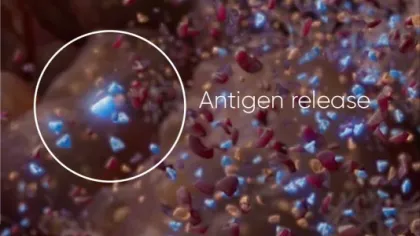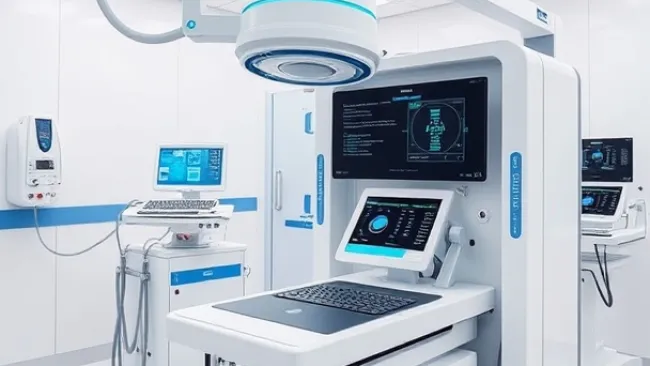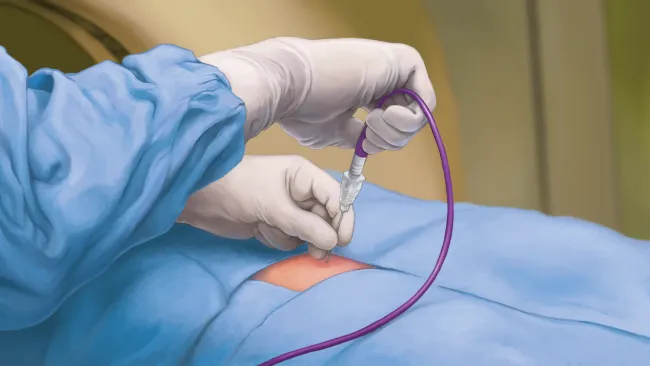
A New Era in Prostate Cancer Treatment
Precise. Non-Thermal. Immune-Activating.
Pulsed Electrical Field (PEF) ablation is a breakthrough, non-thermal technology designed to target prostate cancer with precision while protecting healthy tissue. Unlike surgery, radiation, or heat-based methods, PEF uses ultra-quick electrical pulses to create permanent nanopores in cancer cell membranes, leading to natural cell death and stimulating the body's immune response.
How PEF Ablation Works
Understanding the science behind this revolutionary non-thermal treatment approach

Electrical Pulses
Ultra-short electrical pulses are precisely delivered to cancer cells, creating permanent microscopic pores in cell membranes without generating heat.

Targeted Precision
Advanced imaging guides electrode placement to target only cancer cells while preserving surrounding healthy tissue and critical structures.

Natural Cell Death
The nanopores disrupt cellular function, leading to natural cell death while activating the immune system to release antigens to recognize and eliminate remaining cancer cells.
Why Choose PEF Ablation?
PEF ablation offers unique advantages over traditional treatment methods, combining precision targeting with immune system activation.
- Non-Thermal Technology: No heat damage to surrounding healthy tissue or critical structures
- Function Preservation: Maintains urinary and sexual function by avoiding nerve damage
- Immune Activation: Stimulates natural immune response against cancer cells
- Minimal Recovery: Outpatient procedure with rapid return to normal activities
Proven Clinical Results
PEF ablation delivers exceptional outcomes with minimal side effects
98%
Cancer Control Rate
At 2-year follow-up
93%
Function Preservation
Urinary & sexual function
<5%
Complications
Minimal side effects

Who is a Candidate for PEF Ablation?
PEF ablation is ideal for men with localized prostate cancer who want to preserve quality of life.
- Men with low to intermediate-risk prostate cancer
- Localized tumors (T1c-T2b)
- PSA levels typically under 15 ng/mL
- Gleason score 6-7 (3+4)
- Desire to preserve urinary and sexual function
- Preference for outpatient treatment





